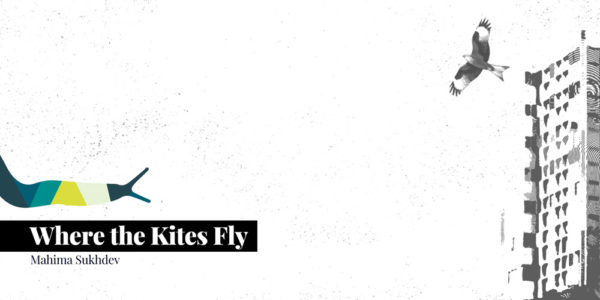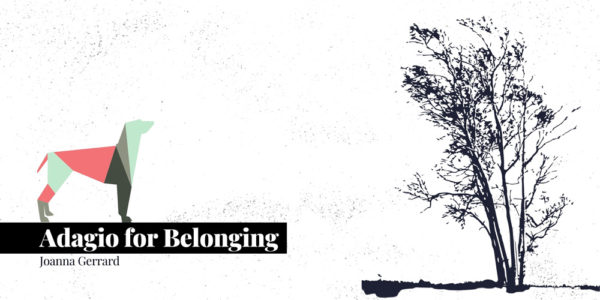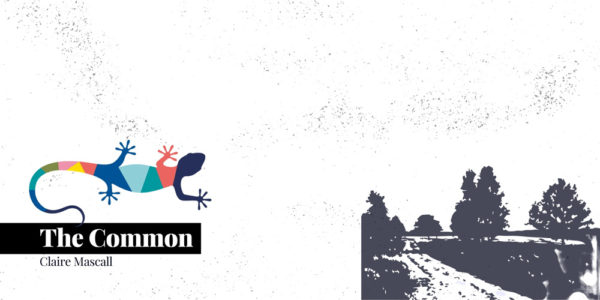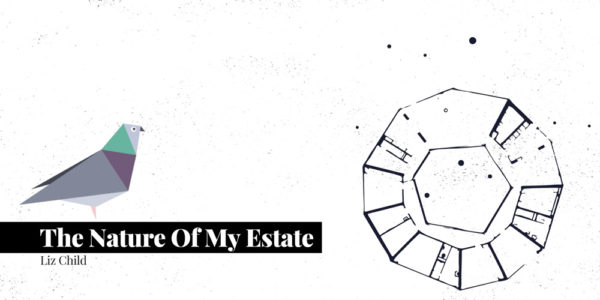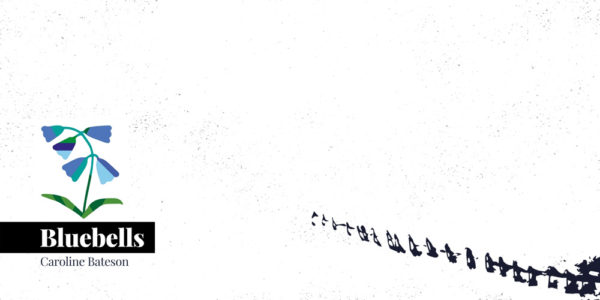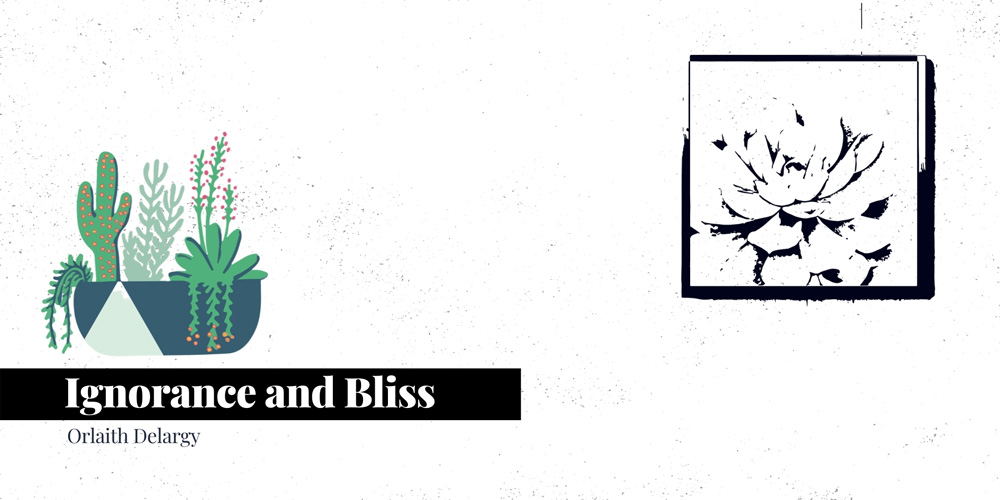
I used to think I was pretty outdoorsy. I like hiking. I swim in the sea. I work for an environmental charity. But these phony credentials can carry me no further. My secret eco-shame is that I don’t know very much about nature. I’ve lived in Glasgow, Dublin, Paris and London, but never in the countryside. Worthy tomes by Robert Macfarlane and John Muir stare out at me from every book shop—books that I know I should, but never will, read. Friends and colleagues compare notes on the best pen knives and bivvy bags while I stare into the distance, a single tear rolling down my cheek, and admit that I’ve never been camping outside of a festival.
In Dublin, where I grew up, you could get away with such admissions. As soon as you inched the nose of your bike outside the front door, you were heralded as a young Dervla Murphy. In school, we were periodically tested on our knowledge of the natural world, with less than impressive results. Our geography teacher made us gather three ‘points of geographical interest’ over each summer break and present them to the class on the first day back. Cue the chaotic scenes on the first of September as people raked over their holiday memories for some natural factoids (“is Thorpe Park geographically interesting?!”).
Later educational encounters with the natural world were not much better. Studying modern European history at university, I learned about the Enlightenment, the establishment of Royal Societies and botanic gardens across Europe and the quest to classify and, ultimately, conquer nature. We read about wealthy male botanist after wealthy male botanist but I found I couldn’t give two Fuchs what these Buffons had done. The relentless pursuit of classification, to put everything in its proper box, seemed to me just another example of man’s foolish attempt to tame, and ultimately dominate nature.
Between the man-made climate crisis and the queues to reach the summit of Everest, it seems that little has changed. Our relationship with nature has been described as a tragic love story—and in this relationship, we are hapless at best and abusive at worst. Almost every time we interact with nature, we deplete it. We stomp over peat bogs and sand dunes, raid beaches for the prettiest shells, and storm through spiders’ webs. We don hi-tech gear to brave the mountains, and when we get home, refreshed and ruddy-faced, we wash the kit and flush microplastic fibres into the babbling brooks o’er which we so gaily leapt. On Winchelsea beach last week, I turned over a stone to find a saccharine message scrawled by a little girl in pink marker—“Dreams are like stars, you may never touch them, but if you follow them, they will lead you to where you need to go.” Well, Bethan, the leachate from that permanent marker has probably destroyed the local marine ecosystem—how’s that for a dream? And you don’t know whether to laugh or cry when you read about three men charged with stealing wild succulents from public lands in California. They attempted to smuggle them into Asia, where the highly Instagrammable and uber trendy houseplants can sell for $50 each.
But in a way, these stories calm my nerves—I can see that I am not alone in my profound ignorance of the natural world. In London, I thought I could hide my shame by choosing a home in a deeply urban, sometimes ugly estate in East London, where the only babbling brooks are of bin fluid and stale beer. The wind regularly whips up little vortexes of plastic bags, weed smoke and cigarette butts and blows them across the grey plains of Tower Hamlets. All the flats in my corner of the estate overlook a shared green with a big sycamore tree and an allotment. The green is used mostly as a snoozing spot for cats and, more recently, a bonfire site for a man to burn some (incriminating?) papers and the plastic bags in which they had been kept.
An unlikely place, you might think, for communion with nature. Enter my housemates, who have sprung and coaxed every possible ounce of growth out of the area. In huge planters on our front porch, potatoes, purple sprouting broccoli, chard, spinach, rocket, tomatoes and broad beans are growing. The sheer weight of plant knowledge in the house has led me to naively invest in some for my own windowsill: lavender, silver bush and hebe. I’ve killed two out of three.
The area is starting to bloom now that it’s summer, and the front porch is becoming a hive of local activity. An old man passes every morning to get his copy of The Sun in the corner shop. On his way back, he stops to inspect the plants and peer through the big kitchen window to see if anyone’s in. We are and we smile and wave. He never smiles back.
By contrast, the Bangladeshi woman two doors down spends her afternoons gazing lovingly at the growth. If the door is open, she’ll wander in to give us unsolicited gardening advice. The conversation is faltering as she speaks little English, but we take “very good” and “very nice” as confirmation that we are on the right track. She and the other Bangladeshi women in the estate run the allotment in the green, and our porch-plants paved the way for them sharing their iftar with us during Ramadan.
Left to my own devices, I feel I never would have made these neighbourhood or natural connections. As a lifelong urbanite, my default setting is head down, earphones in and focus on myself. This individualism can make learning about the natural world a chore. Tackling the canon of nature writing on my own, with its hundreds of literary references that I can’t make out, and millions of species that I can’t name, is daunting.
The quicker route, I have found, is to have friendly, non-judgemental people provide you with an introduction. On visits to County Antrim, my Uncle John, a botanist, never seems to tire of my childlike pointing and questioning of the most basic elements of his garden. And the women I live with are wonderful, open people who put as much effort into meeting the neighbours as they do tending the garden. They have helped me to wake up to the nature peeping through the urban landscapes and the communities that support it—to begin separating the green from the grey. The paradox of living in a heaving, polluted metropolis like London is that it can actually help to bring you closer to nature: you can pour your daily rage into aggressively cultivating a small patch of green among the concrete.
And you can share the results. For all the hand-wringing over phone-addicted millennials who can’t tell an apple from a blackberry, technology is actively helping to promote the value of the natural world. Researchers are using artificial intelligence to scan Instagram, Facebook and flickr.comphotos to determine, for example, why and how people use national parks, and whether people are more likely to visit lakes if the water is kept clean. Initiatives like 30 Days Wild, a campaign from the UK’s Wildlife Trusts, challenge participants to “do something wild” every day for 30 days and share photos of their exploits on social media. On Twitter, the Wildlife Trusts respond to user tweets about bees, butterflies and wildflowers, helping people to identify species and encouraging them to keep going for the rest of the month. The tone is optimistic and simple—two qualities in very short supply in both nature writing and the world of sustainability. Many would agree that there is something unsettling about scrolling Instagram in a bee-loud glade, but by capturing your moments in the wilderness you can show yourself and your followers that getting out and about in nature is fun and—critically—looks cool. Perhaps this will inspire others to follow you down the garden path, up the mountainside or under the waterfall, and consequently, do what’s needed to protect these treasures.
Given the scale of the crisis facing our natural world, and the profundity of my and others’ ignorance, new nature writing must aim to reach and inspire as many people as possible. To put it in millennial-friendly gym parlance: how can we take nature writing, zzuzzh it in a NutriBullet, add some protein powder and supercharge it for maximum results?
New nature writing for the common good could incorporate three guiding principles.
Firstly: Consider your audience. Where and how do the majority of your readers live? The world of today and tomorrow is increasingly urban, multi-ethnic and, unless we see a radical change in our social and economic systems, deeply unequal. People relate to what they see around them, and for most of us today, that means diverse cities made up of the excessively rich, the unacceptably poor and everyone in between. To inspire and instil a love of the natural world in future generations, nature writing must reach all members of this society. Take the intergenerational divide, for example. In the UK, polling company YouGov recently found that almost half (45%) of 18- to 24-year-olds believe environmental issues are one of the nation’s three most pressing concerns, compared with 27% of the general population. If those youngsters are anything like me (and given that I have used the term “youngsters”, we can safely assume that they are not) they may struggle to recognise the plants, animals and landscapes eulogised in classic nature writing. Conversely, how many older people know what is meant by a birb, a round boy, or a doge that borks? New nature writers must find ways to unite and appeal to both groups.
Second: Simplicity. Even as I type this, Microsoft Word has been correcting what I thought were hauntingly beautiful, literary turns of phrase—“consider using concise language” it suggests. Harsh, but if the algorithm dictates it, it must be so. And that means nature writers will have to gradually wean themselves off compound adjectives—no more wind-buffeted, no more rain-soaked, no more sun-yellowed. Of course there is a place for Thoreau, Wordsworth and Keats, for meticulously observed ditches and five hundred page tomes—but perhaps to win a few more hearts and minds in the fight to save the planet, we will need to go back to basics.
And finally, we must recognise that not every encounter with nature will be profound or even beneficial. If we expect a spiritual awakening every time, we will be disappointed. Weeding the garden, trudging through the rain, an Instagram post that didn’t get as many likes as you’d expected—each of these is soul-crushing in its own way. As Zoe Gilbert wrote recently: “enchantment is not everywhere all the time”—or, as I like to put it: sometimes nature is crap.
. . .
About the author
Orlaith works on climate change and sustainability issues in Dublin. She discovered this year that human contact can actually be quite nice. Her time living in London inspired this essay.

